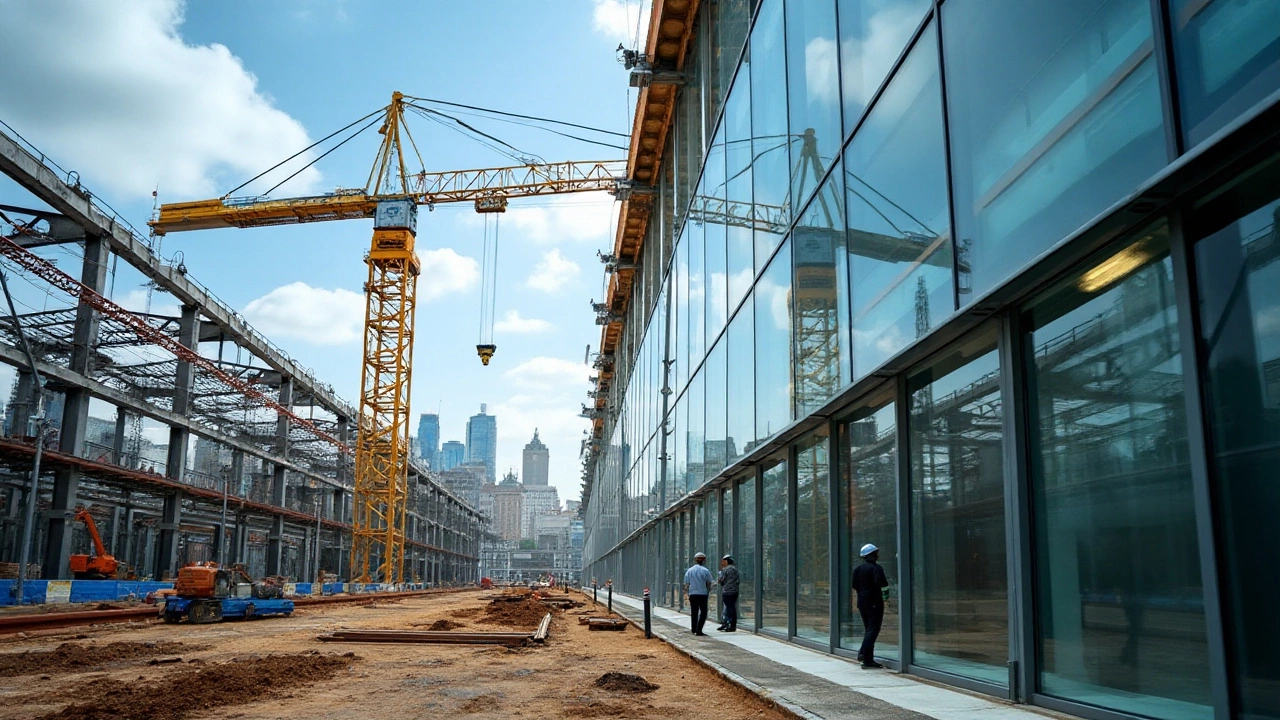Construction Differences – What Really Sets Projects Apart
Ever wonder why a downtown office tower feels so different from a suburb family house? The answer isn’t just size or style – it’s the whole set of rules, materials, and goals that drive each project. Below we break down the biggest divides you’ll meet when you’re looking at a construction job, so you can tell what you’re really dealing with.
Commercial vs Residential – The Core Divide
First up, commercial and residential builds. A commercial project usually means higher foot traffic, stricter fire codes, and a focus on durability for things like warehouses, retail spaces, or office blocks. You’ll see bigger floor plates, stronger columns, and more complex HVAC systems because the building has to keep many people comfortable at once.
Residential projects, on the other hand, care more about comfort, design flair, and personal space. Walls are thinner, insulation is tuned for a single family, and the finishes are all about style – think hardwood floors, kitchen islands, and privacy‑oriented layouts. The permitting process is also simpler; you’re often dealing with a single homeowner or a small developer rather than a corporate legal team.
Another practical split is the contract language. Commercial contracts are heavy on risk allocation, liquidated damages, and performance milestones. Residential contracts keep things light, focusing on timelines, change orders, and homeowner warranties. If you’re a plumber or contractor, the paperwork you sign will look completely different depending on the project type.
Beyond Buildings – Civil, Architectural & Materials
Civil construction isn’t about houses or offices at all – it’s the backbone that lets those structures exist. Roads, bridges, water pipelines, and site grading all fall under civil work. The main goal here is durability and public safety, so you’ll hear a lot about load‑bearing calculations, soil tests, and government standards.
Architectural services sit between the client’s vision and the builder’s execution. An architect will take a rough idea, turn it into detailed drawings, handle permits, and often oversee the design‑build process. Their fees can be fixed, percent‑based, or hourly, but the key is they translate aesthetics into something the construction crew can actually build.
Materials also create clear differences. Commercial builds often require higher‑grade steel, fire‑rated drywall, and commercial‑grade plumbing fixtures that can handle heavy usage. Residential projects get away with lighter‑weight materials like standard drywall, PVC piping, and decorative finishes that match personal taste.
Licensing is another checkpoint. A commercial license may be required for larger projects, especially when public safety is at stake. Residential jobs usually need a standard contractor’s licence, but you’ll still need to register any specialized work – like gas fitting or electrical – with the appropriate authority.
Understanding these differences helps you ask the right questions, compare quotes, and avoid surprise costs. Whether you’re a homeowner, a developer, or a tradesperson, knowing the landscape makes every project smoother.
So next time you walk past an under‑construction site, take a moment to spot the clues – the size of the crane, the type of signage, the materials stacked on site. Those details tell you whether you’re looking at a commercial office, a new‑build home, or a civil infrastructure upgrade. With that knowledge, you can make smarter decisions and keep your project on track.


